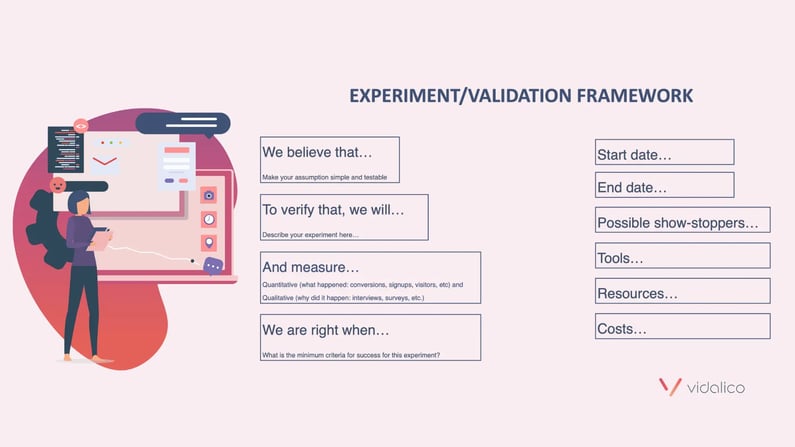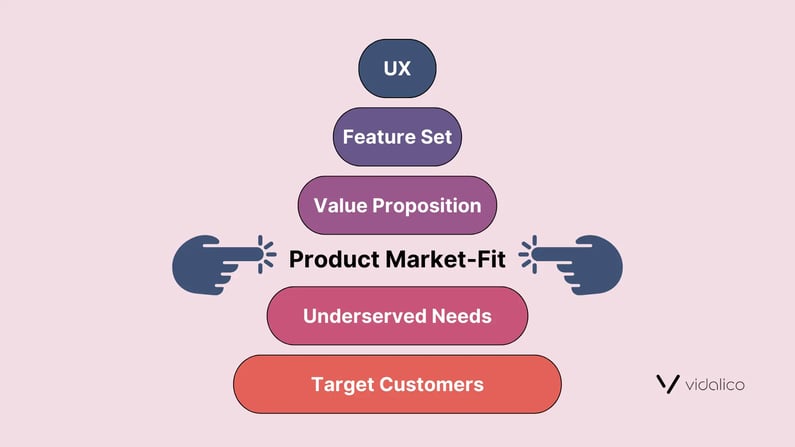This is the second blog in a three-part series about my experience hosting three workshops with NewCo Helsinki about online marketing strategies as part of their NewCo Helsinki Accelerator program. Each session was a lot of fun and I was really glad to be invited to host with them. If you missed the first blog in the series, you can find it here.
Who is NewCo Helsinki?
NewCo Helsinki works with and promotes startups in the Helsinki area. NewCo offers a multitude of services, resources, information, and support for new companies in Helsinki’s startup community. NewCo was a great partner to work with in creating these workshops; each event was really collaborative and interactive.
Something else that I loved about presenting the workshops with NewCo Helsinki was that the startups participating were from all sorts of different industries; from HR Tech to Med Tech to Think Tech, to a variety of different industries. This was great because it provided a valuable opportunity for the startups to network and connect with a diverse range of industries. I thought this added bonus of creating networking opportunities for the participants was a really cool aspect of their NewCo Accelerator program.
We had three workshops over the course of several weeks that covered how to grow sales with online marketing. In this blog, we’ll cover Product-Market Fit and building your MVP.
Define your value proposition
“People think focus means saying yes to the thing you’ve got to focus on. But that’s not what it means at all. It means saying no to the hundred other good ideas that there are. You have to pick carefully. I’m actually as proud of the things we haven’t done as the things I have done. Innovation is saying no to 1,000 things.” - Steve Jobs
In the Flywheel training, we discussed that every company should have its own value proposition or unique selling proposition. As a startup, you’ll want to ask yourself - what is the value proposition for your audience, for your buyer personas? Ideally, if you have multiple customer segments you should have distinct, and unique, value propositions for the different segments as they will have different needs.
But remember, your value proposition is not your product! The value proposition is the benefit the product delivers to that specific customer segment.
The Product-Market fit builds on the Flywheel. In an online marketing strategy, the Product-Market Fit resides at the intersection somewhere between value proposition and underserved needs. This visual helps describe the flow:
Identifying Your MVP
Part of addressing the product-market fit when creating your online marketing strategy is outlining and validating what your MVP or Minimum Viable Product is. An MVP is the smallest version of a proposed product/service that could be pushed out to the market, to a closed group of companies, in order to gather user feedback and interest. Before you build your MVP, you’ll need to identify assumptions - or what problems your customer has and what matters to your customer.
We built our first experiment during the workshop using the framework below. You can test it out too!

Other methods that are integral in developing the product-market fit for your online marketing strategy are identifying underserved customer needs (here it’s important to gather both qualitative and quantitative data). You can also build a Pain and Gain map for your potential customer segment which is a helpful way to create a reminder that it’s imperative your product or service is finding the solution to a problem – rather than fitting a problem into a solution.
One of the easiest ways to validate a customer segment for your MVP is to start with a simple landing page. Some of the features of an ideal - high converting landing page are:
- USP (unique selling proposition)
- Engaging/Supporting image/visual header
- Benefits and features
- Social proof
- A call to action
- Thank you page with links to the rest of your website
What’s Next? Welcome to the MMP
To summarise, remember that the MVP is not the end goal, it is just one step in the cyclical process. Once the MVP is validated, then the version becomes the MMP or the Minimum Marketable Product. The story continues as we move into the Feedback Loop.



